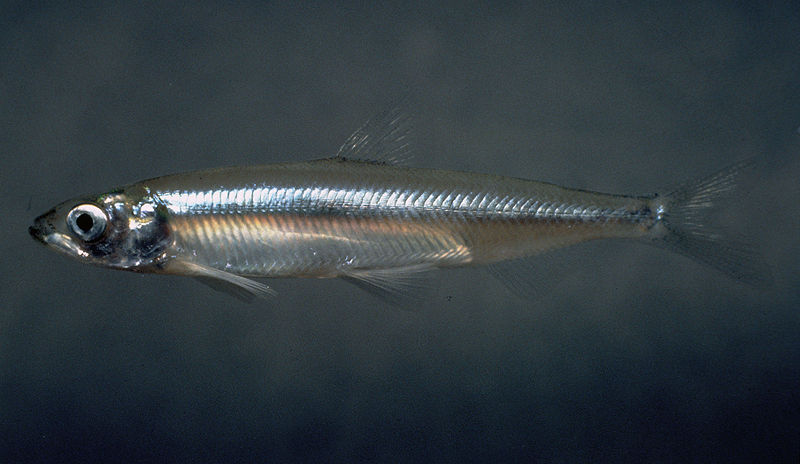1986年に創業し現在570店舗を誇るハンバーガージョイント「Five Guys」についての記事が面白かった。
How I Did It: Jerry Murrell, Five Guys Burgers and Fries
My two eldest sons, Matt and Jim, said they did not want to go to college. I supported them 100 percent.
Instead, we used their college tuition to open a burger joint.
ハンバーガー屋を始めたキッカケは子供ふたりが大学に行きたくないと言ったことで、学費を使って代わりハンバーガー屋を始めたそうだ。日本では少し想像もつかない話だ。
Anyone can make money in the food business as long as you have a good product, reasonable price, and a clean place. That made sense to me.
店を開く三日前にJW Marriottについての本で読んだと言うのが上の内容だ。飲食店は食べ物の質が高く、値段が合理的で、店舗が綺麗なら稼げるとある。
マーケティング
We figure our best salesman is our customer. Treat that person right, he’ll walk out the door and sell for you
セールスや内装にはお金を掛けず、客に宣伝をしてもらう。これはクチコミサイトなんかが増えた今では一段と重要だろう。
クオリティーコントロール
The magic to our hamburgers is quality control.
その代わりに行っているのが徹底したクオリティーコントロールで、ポテトはアイダホ産に限定、冷凍は全く使用せず、シェイクも提供しないという徹底ぶりだ。ドライブスルーもデリバリーもしないし、ハンバーガーとフライ以外にはホットドッグしかないそうだ。コーヒーを提供したこともあったが、店員はコーヒーの淹れ方を知らず質が低かったので取りやめたとのこと。
プライシング
Our food prices fluctuate. We do not base our price on anything but margins.
価格付けはマージンのみ決まっており、原材料価格の変動に応じて価格を変えるそうだ。また一定の材料が上がっても内容は変えない。
フランチャイズ
We make 6 percent of sales on the franchises. All franchises work the same way: People say they want to sell your product. So you give them a Franchise Development Agreement that explains all the ways we can beat them down.
フランチャイズに対する考えが大変正直で分かりやすい。フランチャイズというのは、みんなが自分の商品を売りたいというから、相手をどうにでもできるってことをあらゆる方法で説明する契約だと言っている。商品とブランドを握っているのはフランチャイザーであってフランチャイジーには交渉力がないのだ。
栄養
ところでこの本格派ハンバーガーだが、栄養面では批判も受けている。Wikipediaによれば、
A standard double patty burger, for example, contains almost 800 calories and 97% of the recommended daily saturated fat intake. Men’s Health also rated Five Guys french fries as the 4th most unhealthy french fry in America, noting that a standard large order of fries contains almost 1,500 calories (but is said to feed 3-4 people).
スタンダードなダブルバーガーは800kcal近くに一日必要量の97%もの脂肪を含んでいるし、自称3,4人前のラージフライは1,500kcalということだ。質にこだわるといっても栄養面でのこだわりは微塵もないのは何とも。
